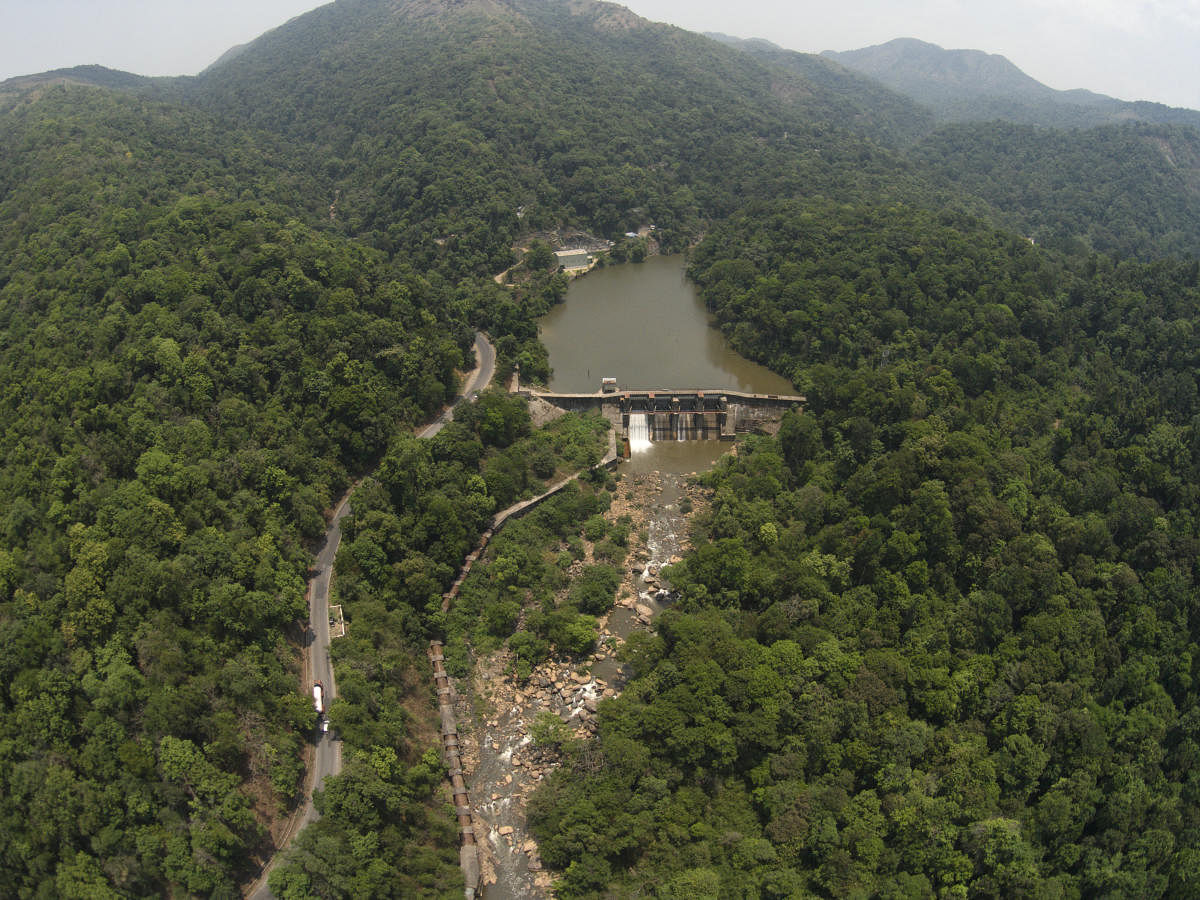
The ever-increasing demand for green and clean energy is the driving force behind the numerous small-scale hydropower projects (SHPs) that are mushrooming up on river and stream stretches all over the Western Ghats and the Himalayas, two of India’s most biodiverse regions.
In India, hydropower projects of less than 25 MW are termed small-scale and are perceived to have a negligible impact on the environment as they have smaller areas of submergence as compared to larger dams. They are therefore considered to be an eco-friendly way of meeting the energy demands of developing countries in the tropics and are exempted from the environmental clearances and environmental assessment impact reports that are mandatory for all other developmental projects. Large investments from national and international agencies, financial subsidies and carbon credits are being provided for setting them up.
But are SHPs really a green and clean way of meeting our energy demands? A recent study by a team of scientists from Foundation for Ecological Research, Advocacy and Learning, and Bengaluru-based organisations, National Centre for Biological Sciences, Wildlife Conservation Society — India Program and Ashoka Trust for Research in Ecology and Environment, examined the impacts of SHPs on freshwater fish along the tributaries of River Netravathi in the Western Ghats of Karnataka. “This is one of the first studies to examine the ecological and social impacts of SHPs in India. This is especially important since the lack of environmental and social regulations is based on the assumption that SHPs have no adverse environmental or social consequences,” informs Suman Jumani, the study’s lead author.
Significant differences
The study found several significant differences in water and habitat quality of the streams that had SHPs built on them when compared to those that hadn’t. SHPs divert water from the streams for generation of power and thereby reduce the amount of water that flows immediately downstream.
The release of water back into the streams afterwards causes severe fluctuations in the water levels which in turn alters the composition of the fish communities. Streams with SHPs were found to be devoid of water during the dry season, with large stretches of dry stream beds separating shallow pools of water. In addition, these streams were narrower and shallower causing a reduction in the habitat that is available for fishes and other aquatic fauna.
The SHPs were also observed to have an impact on the fish assemblages. With reduced water levels and water flow, streams with SHPs had fish species that were adapted to lentic conditions or still water conditions, as compared to the streams with no SHPs which had more species that were adapted to lotic or flowing water conditions.
This shift is an indication of lotic ecosystems turning into lentic ecosystems and is often noticed when reservoirs are built on rivers. When streams are shallow, the water in them warms up quicker which in turn decreases its capacity to hold dissolved oxygen. Further, with shallow pools being increasingly exposed to direct sunlight, the risk of eggs of fish and amphibians desiccating also increases.
All these changes in habitat and water quality evidently have marked changes in fish availability and diversity in these streams. “Freshwater fish is considered as an important indicator of river health They are a critical link in the food chain since they eat algae and other aquatic insects, and at the same time, get eaten by birds and other mammals such as otters.Change in species composition or their numbers can potentially upset this food chain and have cascading effect on other freshwater species,” says Shishir Rao, a co-author of this study.
In recent years, smaller catch sizes of commercially important fish like the mahseer have been observed, indicating a decline in its numbers. Besides, the number of species including those endemic to the Western Ghats are low in number in streams with SHPs built on them.
Deleterious effects
Western Ghats is one of the biodiversity hotspots in the world with more than 400 fish species documented from this landscape and new species still being discovered. It also has high species endemicity with about 50% of the fish species being unique to the region and not found anywhere else in the world.
The Western Ghats is also the catchment area for over 30 rivers that crisscross the Deccan plateau. River Netravathi, around which this study was carried out, itself has 10 SHPs currently existing on its 108-km course and 44 more have been proposed to be built on the same stretch. Building multiple SHPs in close proximity to one another in an ecologically sensitive area can result in deleterious effects on the ecosystem, affecting both water quality and habitat.
Despite growing evidence of the negative impacts these SHPs have on the biodiversity, the Union Ministry of New and Renewable Energy is still going ahead with its plan to build around 6,500 additional SHPs in the Western Ghats and Himalayas, without any environmental and social regulations. “SHPs are being commissioned indiscriminately, especially in most biodiverse areas such as Western Ghats. There is an urgent need for scientific studies to not just evaluate their ecological impact but also to guide future decision making through science- backed policies,” says Shishir.
The results of this study leave no doubt on how SHPs affect the river by altering its physical characteristic, changing water quality, and affecting fish assemblages, and are in agreement with similar studies undertaken in other countries. According to Suman, the logical next step would be for these facts to be acknowledged
by our policymakers and include SHPs under the purview of the Environmental Impact Assessment (EIA) notification, which would require these projects to
conduct EIA studies, obtain an environmental clearance, and implement mitigation measures. “Most importantly, it should be mandatory for all SHPs to maintain adequate river flows, rather than dewater vast stretches of the river,” Suman adds.
(The author is science communication fellow, Okinawa Institute of Science and Technology, Japan)